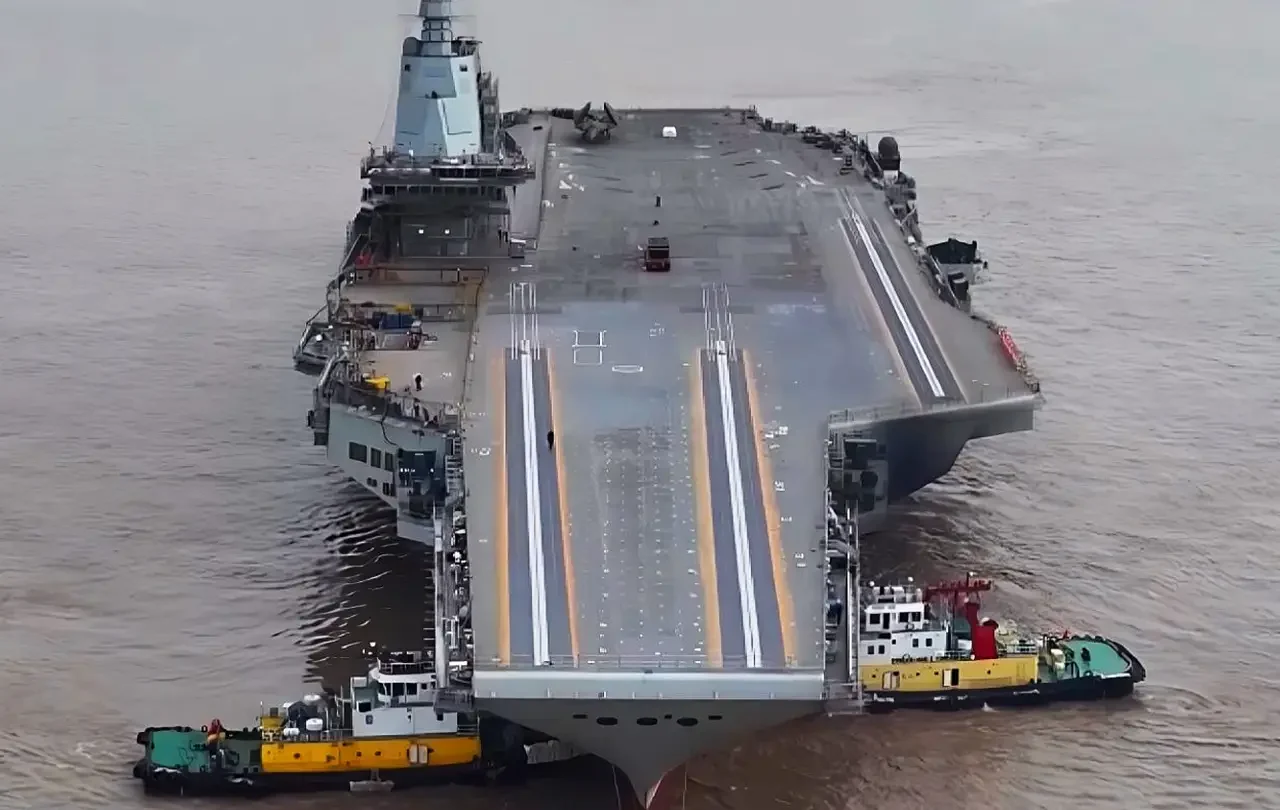
China's relentless naval development continues as officials confirmed construction has begun on their fourth aircraft carrier. This news, revealed during rare parliamentary meetings with People's Liberation Army representatives, underscores the country's ambition to become a major naval power.
China's aircraft carrier program is progressing at an extraordinary pace. They commissioned their first carrier less than seven years ago, followed by a domestically-designed second carrier in 2017. Their third and most technologically advanced carrier, the Fujian, launched in June 2022 and should enter service in 2025.
PLA political commissar Yuan Huazhi asserts the fourth carrier's design phase went smoothly, encountering no major technological hurdles, but the question of conventional or nuclear propulsion remains open. While many experts believe nuclear propulsion is premature for China's current shipbuilding capabilities, the country's near-term needs within the second island chain surrounding the China Sea could be adequately met by a more economical and faster-to-build conventional carrier. Nuclear-powered carriers will likely become a priority as China seeks sustained power projection further afield.
Industry analysts hypothesize this fourth carrier will be an evolution of the Fujian class, rather than an entirely novel design. This follows the pattern of the Shandong, which itself was heavily derived from the Liaoning but incorporated numerous improvements.
The Fujian boasts significant advancements compared to its predecessors. Similar to new U.S. Ford-class and future French PANG carriers, it utilizes electromagnetic catapults. Its air wing will consist of around 45-60 aircraft, featuring J-15T and J-35 fighters and KJ-600 surveillance planes. This grants the Fujian operational capabilities approaching those of American Nimitz and Ford-class supercarriers.
Sea trials for the Fujian are expected to begin soon. Additionally, the older Liaoning aircraft carrier recently embarked with a J-35 fighter model, likely for deck handling and integration testing. This suggests both the Liaoning and its sister ship, the Shandong, could soon operate the J-35, boosting their capabilities and allowing the more advanced Type-003 carriers to focus on higher-intensity missions.
China's naval development shows no sign of slowing. Within a decade, they will possess four modern aircraft carriers while continually mastering carrier operations. Their apparent aim is a fleet capable of rivaling the U.S. Navy by 2045, a shift with profound implications for the balance of power in the Pacific.
